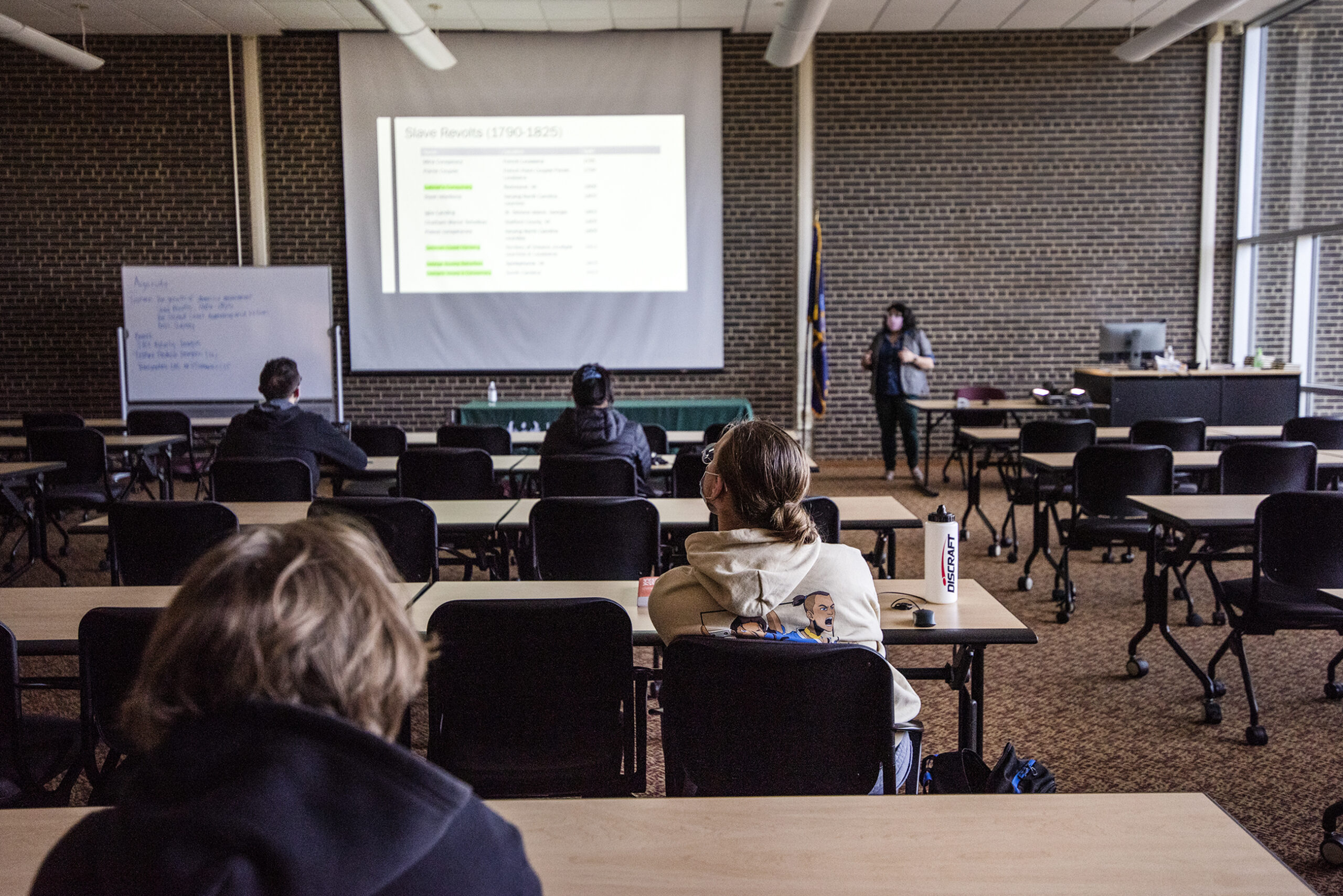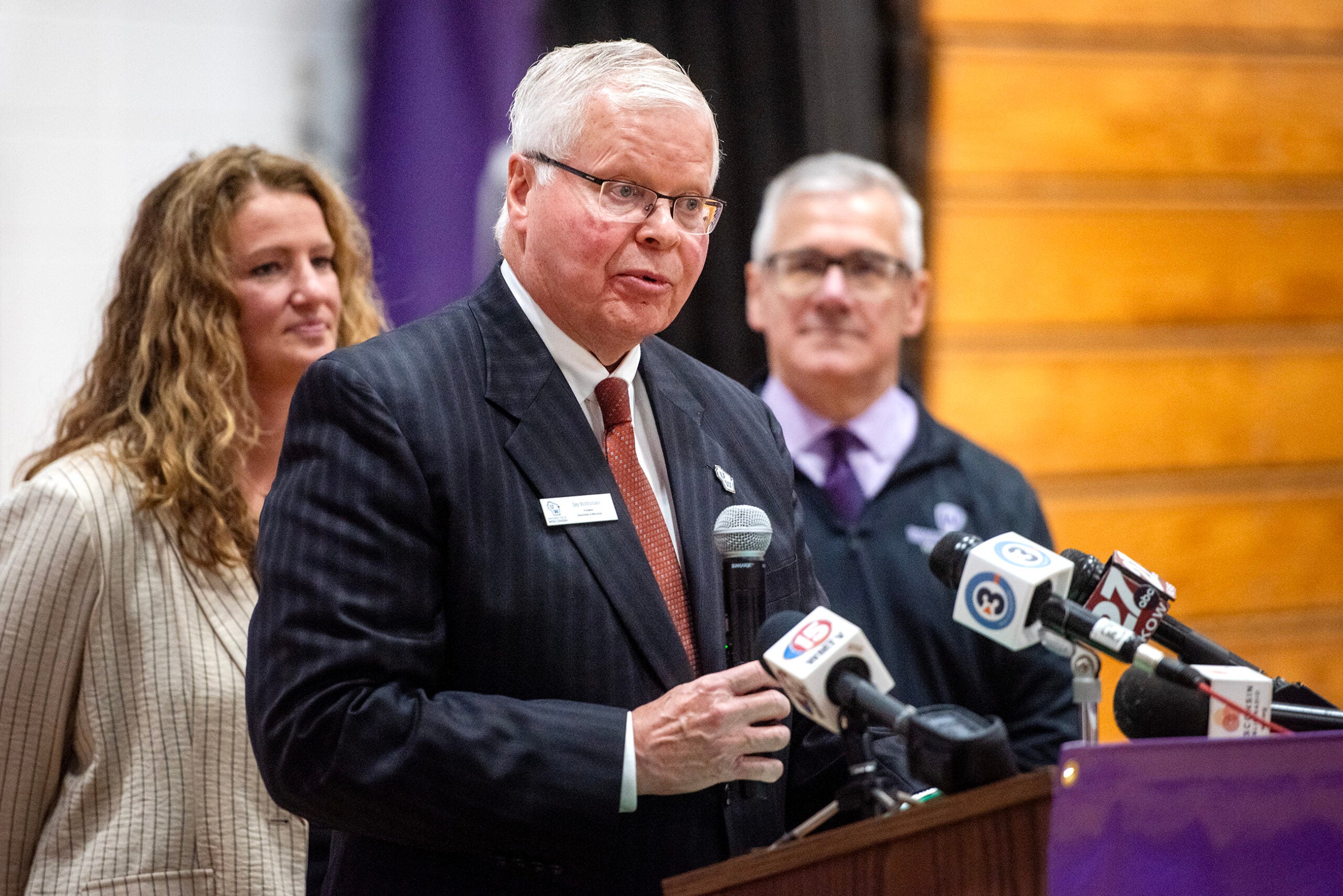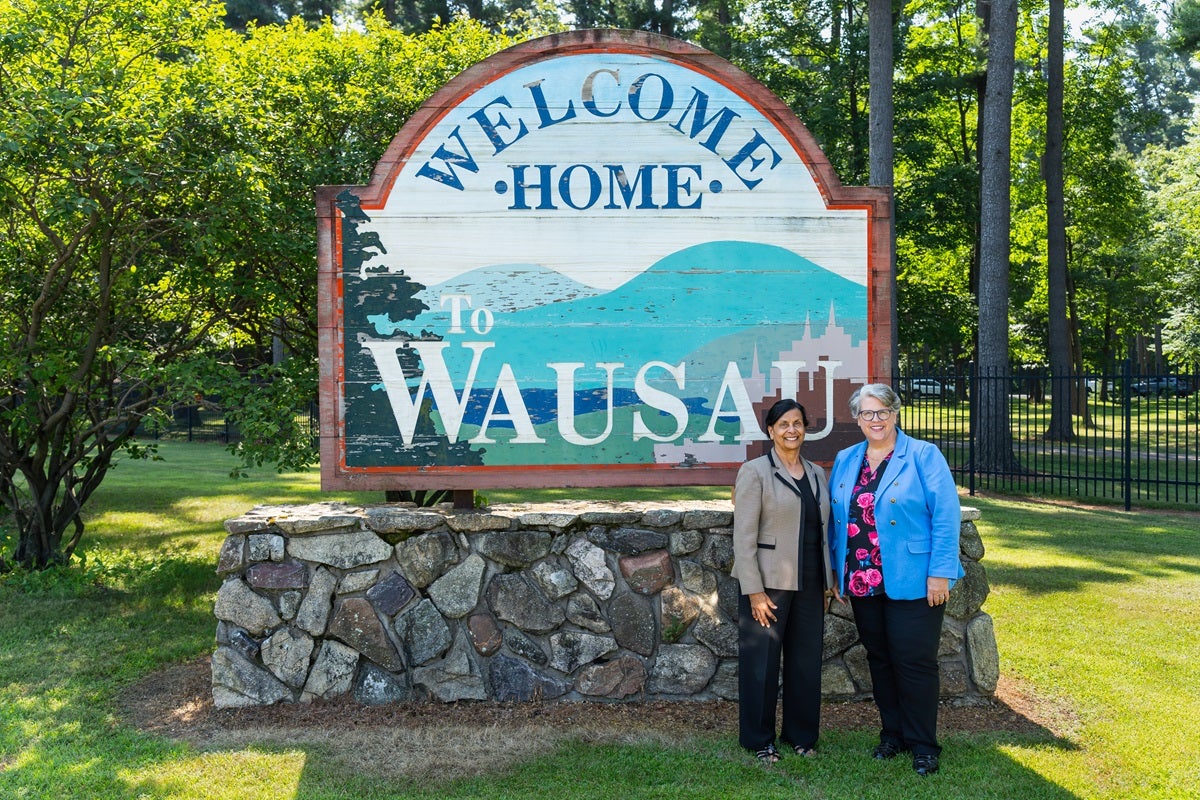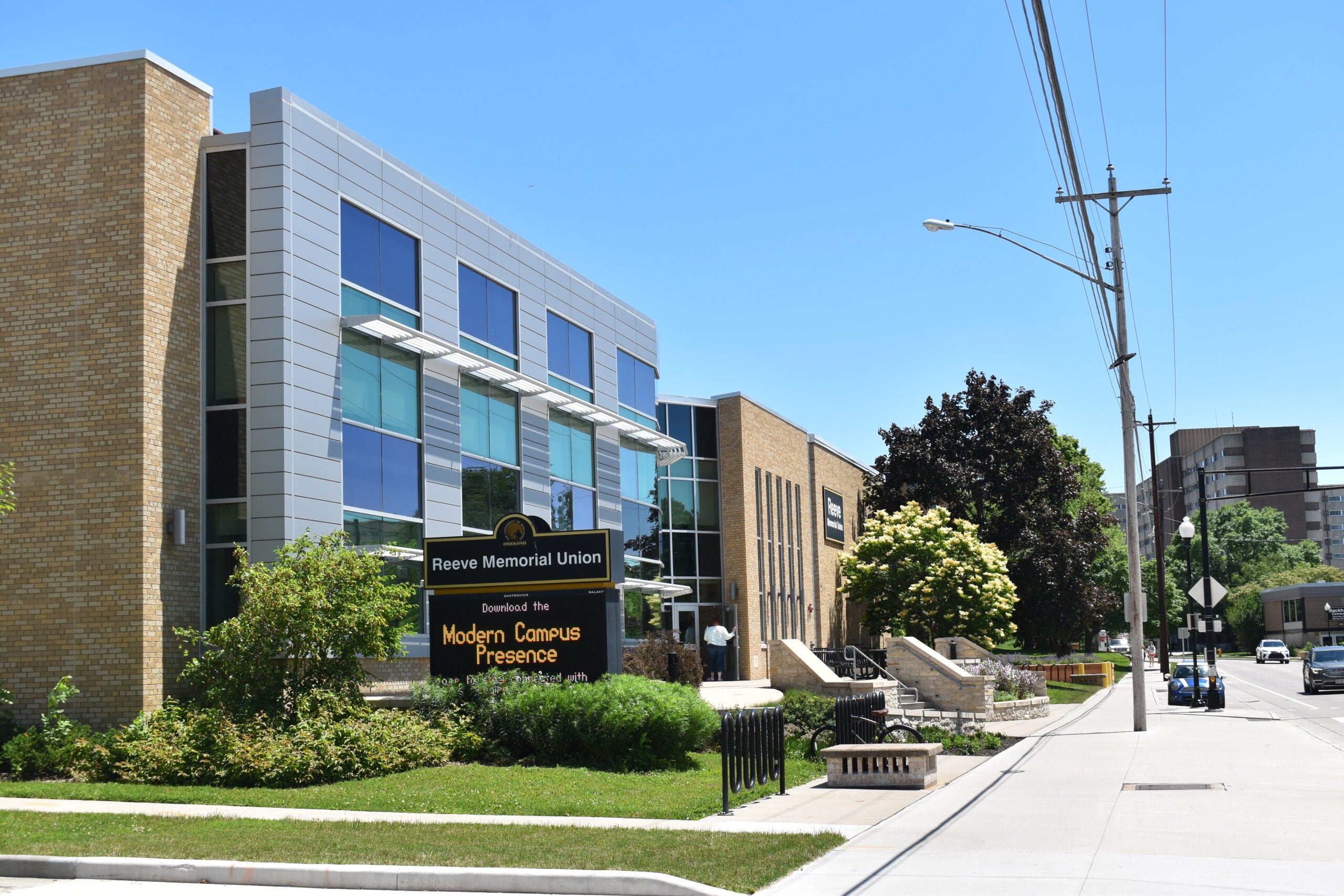The number of Wisconsinites who have left college without finishing their degree or certificate programs has grown to more than 746,000, according to new data from the National Student Clearinghouse Research Center.
Of all the residents who have yet to complete their post-secondary degree or certification in the state, 602,570, or around 80 percent, last attended a two-year college. The findings come from the Clearinghouse’s annual Some College No Credential report, which uses data from the 2021-22 academic year.
The margins were smaller for those who left a four-year university in Wisconsin without receiving their credentials. Of the total, 107,326, or around 14 percent, last attended a four-year University of Wisconsin System school and 36,807, or around 5 percent, last attended a private, nonprofit university.
News with a little more humanity
WPR’s “Wisconsin Today” newsletter keeps you connected to the state you love without feeling overwhelmed. No paywall. No agenda. No corporate filter.
Overall, the number of former students in the state that left college without receiving credentials grew by 22,475 compared to data from the 2020-21 school year. The increase of 3.1 percent is in line with the national increase of 3.6 percent.
“So, this year we had 2.3 million new stop-outs in the population,” said Clearinghouse research director Doug Shapiro. “Those are students who had just left college and 80,000 fewer students re-enrolled this year compared to our last year’s reports.”
Students from racial and ethnic minority groups accounted for 43 percent of all former college students who haven’t finished their studies. Analysts with the research center say the data doesn’t show why students left college, but the drop came amid pandemic-era enrollment declines at public two-year colleges and four-year universities in Wisconsin.
“So, all this to say that this population represents a certain level of opportunity for states and institutions that are looking to increase college enrollment and college attainment rates, and particularly to reduce equity gaps among college degree recipients, degree earners,” Shapiro said.
For students who did re-enroll, the majority chose a public, two-year college regardless of where they started their collegiate careers.
Amid prolonged enrollment declines at most colleges and universities in Wisconsin, schools have been working to recruit students with some credit and no degree. Since 2020, two private universities have announced plans to close because of declining enrollment. Classes at a two-year, UW System campus in Richland Center will end July 1.
In December, the UW System Board of Regents finalized a 2023-28 strategic plan that calls for beefing up online offerings for adult learners.
On Tuesday, UW System President Jay Rothman told Wisconsin Public Radio the rise among those who haven’t finished college is an opportunity for the system and the state.
“They’re going to be adult learners,” Rothman said. “They may have family responsibilities, they may already be in jobs. So we’re going to have to meet them where they are. And that may mean more online work, a different type of advising for them as they move through their career. But we want to be there for them.”
If financial aid is an issue, Rothman said universities may be able to coordinate with businesses via tuition reimbursement programs for employees.
In 2017, The Wisconsin Technical College System, or WTCS, and Wisconsin Association of Independent Colleges and Universities launched the 60 Forward campaign, which set a goal of having 60 percent of adults between the ages of 25 and 64 earn a college degree or credential by 2027. In 2019, the “post-secondary education attainment rate” was 54 percent, according to WTCS.
Wisconsin Public Radio, © Copyright 2026, Board of Regents of the University of Wisconsin System and Wisconsin Educational Communications Board.





